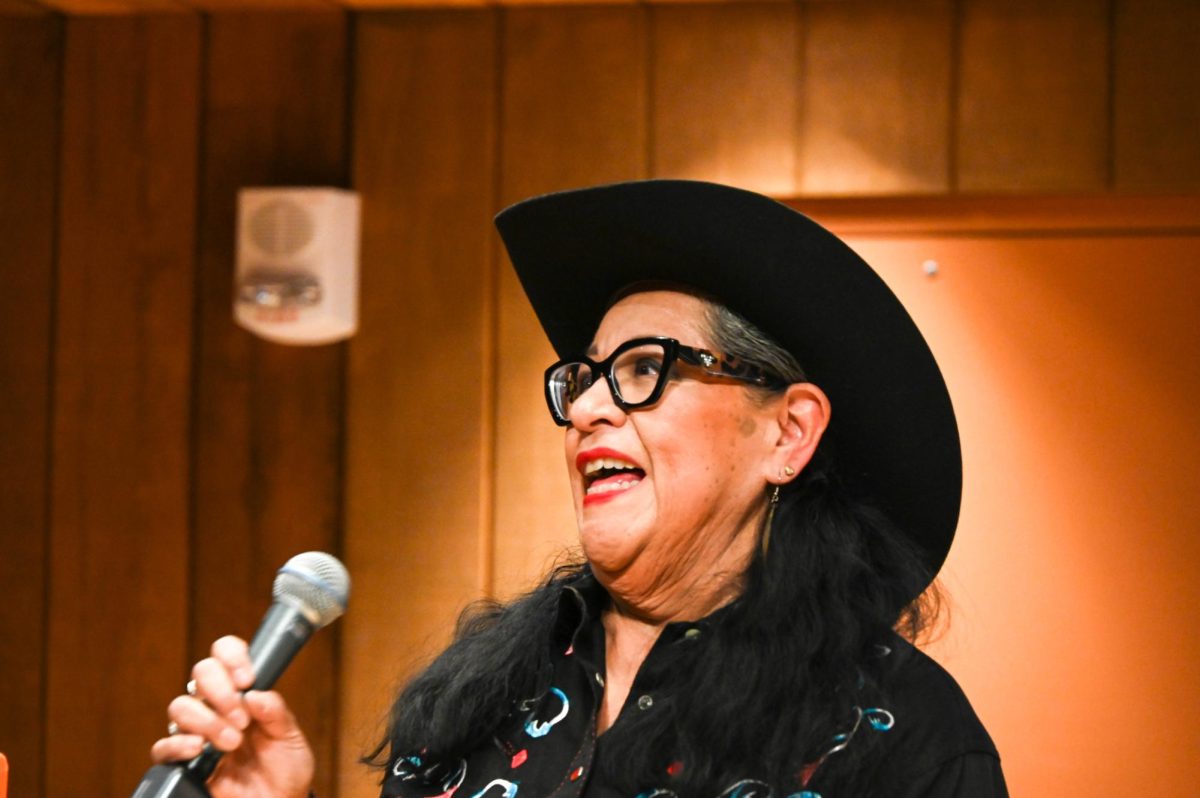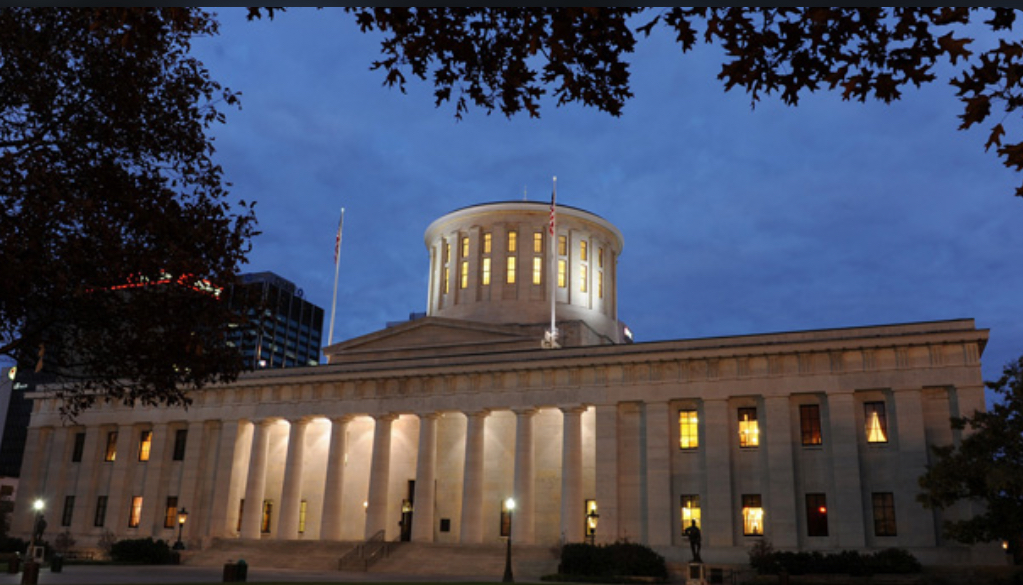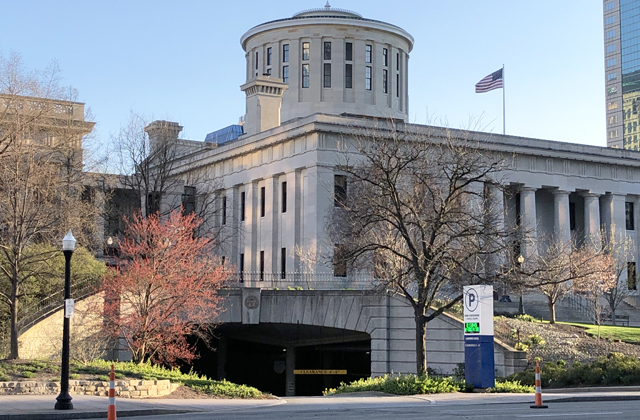What does this mean for reproductive rights in Ohio?
This means “every individual has a right to make and carry out one’s own reproductive decisions,” according to the full text of amendment. This includes but not limited to decisions on contraception, fertility treatment, continuing one’s own pregnancy, miscarriage care and abortion.
Ohio will not have the ability to “directly or indirectly, burden, penalize, prohibit, interfere with or discriminate against” the voluntary exercise of this right or a person or entity that could help someone exercise the right unless the “State demonstrates it is using the least restrictive means to advance the individual’s health,” with evidence.
Abortion may still be prohibited after fetal viability (ability to live outside of the womb), but cannot be prohibited if it’s necessary to protect the pregnant patient’s life or health.
Currently, abortion is legal through 21 weeks and 6 days of pregnancy, or five months. The amendment will go into effect 30 days after the election on Dec. 7.
What does this mean for marijuana legalization in Ohio?
With the passage of Issue 2, the recreational use of cannabis will be legal in the state for individuals at-least 21-years-old.
Currently medical marijuana is the only form of cannabis use legalized in the state. The amendment will go into effect 30 days after the election on Dec. 7.
The initiative also provides additional protections for individuals who engage in permitted use of cannabis.
The passage allows for adults of legal age to possess up to 2.5 ounces of marijuana at a time.
The passage also established a Division of Cannabis Control under the Ohio Department of Commerce. The initiative requires the division to enter into an agreement with the Department of Mental Health and Addiction Services to create a program for cannabis addiction services.
Once in effect, a 10% tax will be added to the sale of adult-use cannabis by dispensaries in addition to usual sales tax.




















